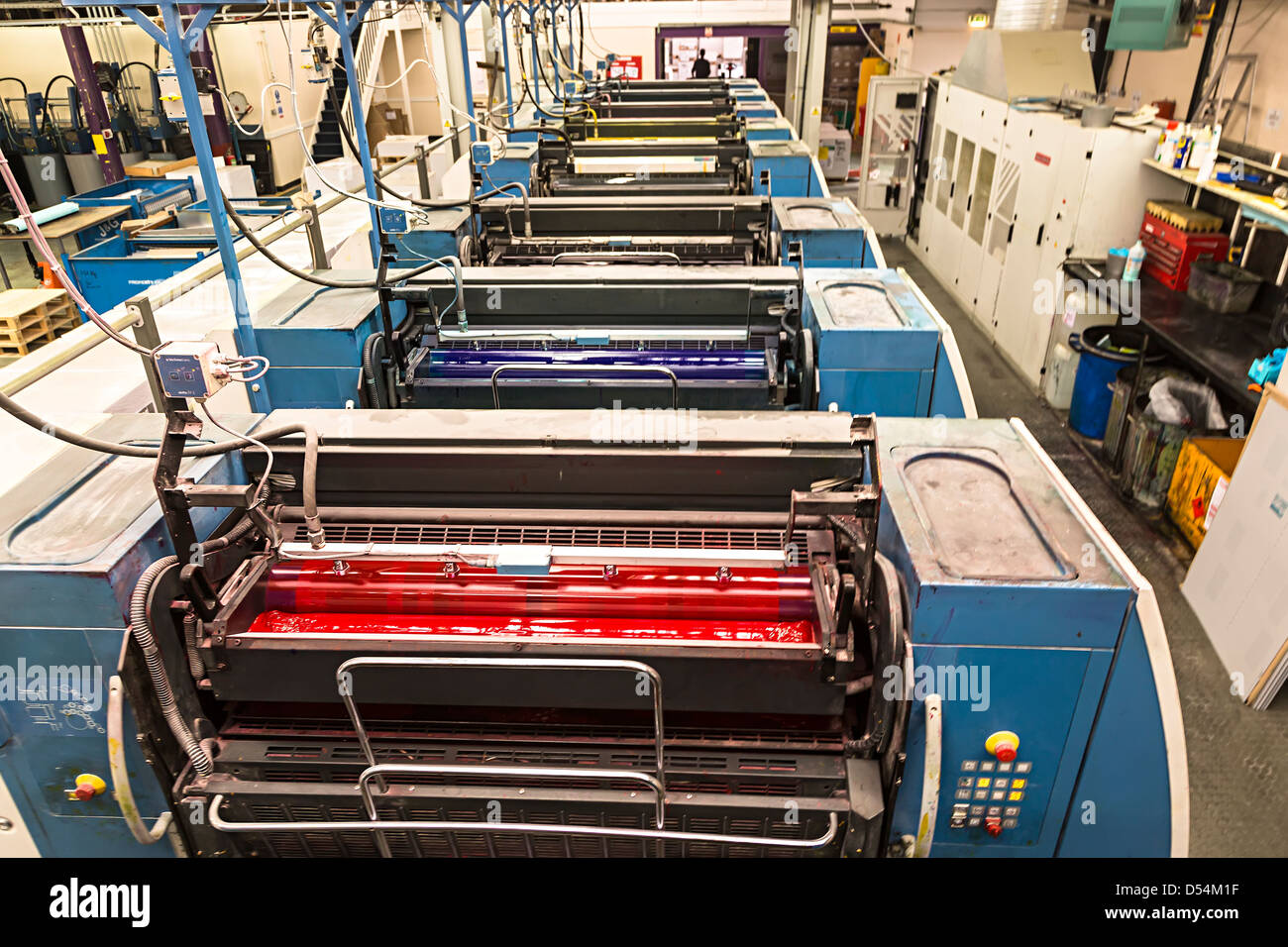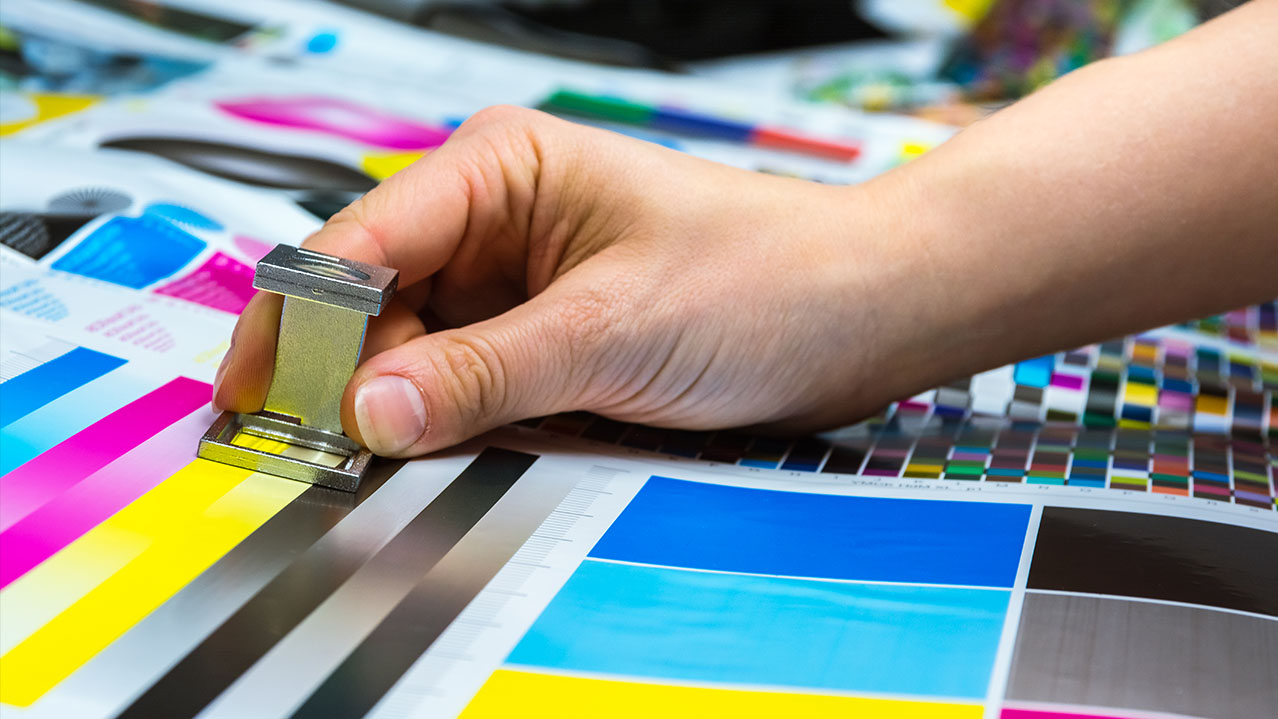Insider Tips for Getting the Most Out of litho printing
Insider Tips for Getting the Most Out of litho printing
Blog Article
A Comprehensive Guide to Comprehending Litho Printing Strategies
The globe of litho printing, a technique stemming from the late 18th century, is a remarkable mix of background, advancement, scientific research and art. This thorough overview will unravel the intricacies of this printing technique, from the structure of litho inks to the obstacles faced in modern-day applications. As we venture right into the intricacies of lithography, the significance of automation and sustainability in guaranteeing its future relevance comes to be significantly clear. Stick with us as we trip into the fascinating realm of litho printing.
The Historic Advancement of Litho Printing
The historical trajectory of litho printing, a crucial technology in the world of interaction, is an exciting tale of human resourcefulness. Birthed in the late 18th century by Alois Senefelder, this technique was at first an affordable method of releasing staged jobs. Lithography, stemmed from the Greek words for 'rock' and 'to create', used a smooth rock surface to transfer images onto paper. The process evolved with the introduction of the rotary press, which considerably raised performance (litho printing). In the 20th century, the innovation of offset lithography revolutionized the industry, permitting mass production of high-quality prints. Each phase of litho printing's advancement showcases mankind's ruthless pursuit of efficiency and high quality in visual communication.
Translating the Scientific Research Behind Litho Printing Inks
Moving forward in the expedition of litho printing strategies, the focus now shifts to the scientific research behind litho printing inks. The make-up of these inks, their drying process, and color mixing strategies form the backbone of this complicated art kind. Recognizing these components is crucial to grasping the craft and achieving the desired print results.
Composition of Litho Inks
In lithographic printing, the basic function of litho inks can not be overstated. The make-up of litho inks differs depending upon its purpose, yet usually, they contain two main parts - pigments and automobiles. Pigments, the color-providing aspects, are finely ground bits put on hold in the car, a liquid that carries the pigment onto the printing surface area. The automobile is a complex blend of oils, solvents, and materials, which influence the ink's drying time, attachment, and gloss. Additionally, numerous additives exist to boost specific residential or commercial properties like flow, drying, and resistance to ecological effects. Each part plays a critical part in the final print's high quality, making the specific formulation of litho inks a detailed science.
Ink Drying Refine
From the structure of litho inks, focus turns to the fascinating procedure of ink drying out. The drying process is essential, as it affects the last print's quality and durability. 2 key approaches are made use of in litho printing: oxidative drying out and absorption. Oxidative drying out entails the ink responding with oxygen airborne to develop a difficult, completely dry film. This technique supplies a long lasting surface, yet can be slower compared to absorption. Absorption, on the other hand, entails the ink permeating right into the paper fibers, which is a much faster process but can result in less dynamic colors. The option in between these techniques is reliant upon aspects such as print rate needs, the paper kind made use of, and the wanted surface.
Color Combining Methods
While the drying process plays a crucial duty in litho printing, the scientific research of shade blending techniques holds equivalent relevance. The science behind litho printing inks also takes into account the transparency of the ink, which affects exactly how shades overlay and mix.
The Art and Layout Aspects in Litho Printing
Litho printing breathes life right into art and style via its unique aspects. The procedure includes developing an image on a lithographic sedimentary rock plate or metal plate with a smooth surface area. The photo is after that printed onto a tool, generally paper, by transferring the ink from the plate. What collections litho printing apart is its capability to duplicate detailed layouts with high integrity, making the result almost identical to the original artwork. This is attained via website here the use of different line techniques such as stippling, hatching, and cross-hatching, which allow for a variety advice of tonal effects. Litho printing suits a range of shades, enabling musicians to produce vivid and dynamic prints. This combination of precision and convenience makes litho printing a recommended selection for several musicians and developers.
Modern Applications of Litho Printing Methods
Litho printing strategies have located considerable use in the contemporary industrial market. Its influence and value remain to grow with the advent of new innovations and modern technologies in the field. This area will check out these modern applications and the transformative function they play in the printing market.
Business Litho Printing Utilizes
Litho printing continues to be a vital component of the business field. High-volume printing jobs, such as the production of books, papers, and product packaging, depend on litho printing for its capability to provide remarkable photo top quality and price performance. Litho printing additionally gives a wide color spectrum, superior to that of electronic printing.
Developments in Litho Printing
Pressing the borders of standard techniques, contemporary developments have fueled a host of innovations in litho printing. One famous advancement is electronic litho printing, which integrates the merits of electronic innovation with litho's high-quality result. These developments emphasize the long-lasting relevance of litho printing in the contemporary globe.
Exploring the Process of Litho Printing: Detailed

Challenges and Solutions in Contemporary Litho Printing

In spite of the precision and custom that litho printing proudly supports, it is not without its set of modern obstacles. The most common concerns include the high preliminary arrangement cost, problem in printing variable information, and ecological issues as a result of chemical usage. Solutions are emerging as innovation progresses. Digital litho printing enables cost-effective brief runs and simple personalization, attending to the concern of variable information. Environmentally-friendly inks and safer plate-making processes reduce environmental worries. Furthermore, innovations in automation have actually lowered labor prices, additionally equalizing the lithography process. Hence, while there are difficulties, the litho printing industry is proactively adapting to fulfill them head-on, ensuring its relevance in the future.
Conclusion
In final thought, litho printing, with its abundant history and clinical details, holds a considerable area in the print sector. The future of litho printing pivots on its capability to adapt to these altering needs, attesting its long-lasting value in an advancing market.

Report this page